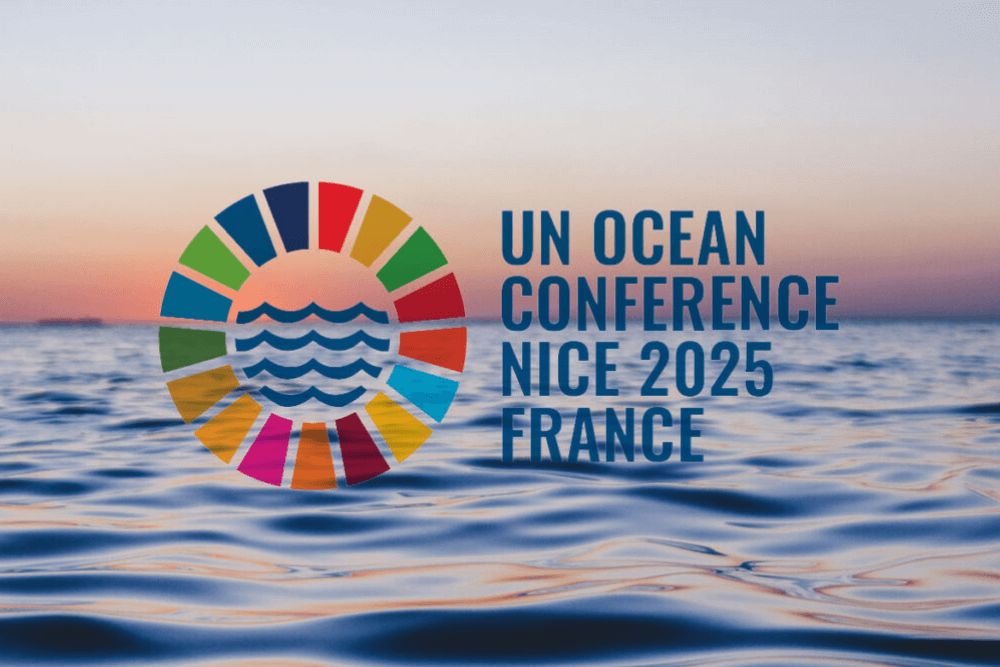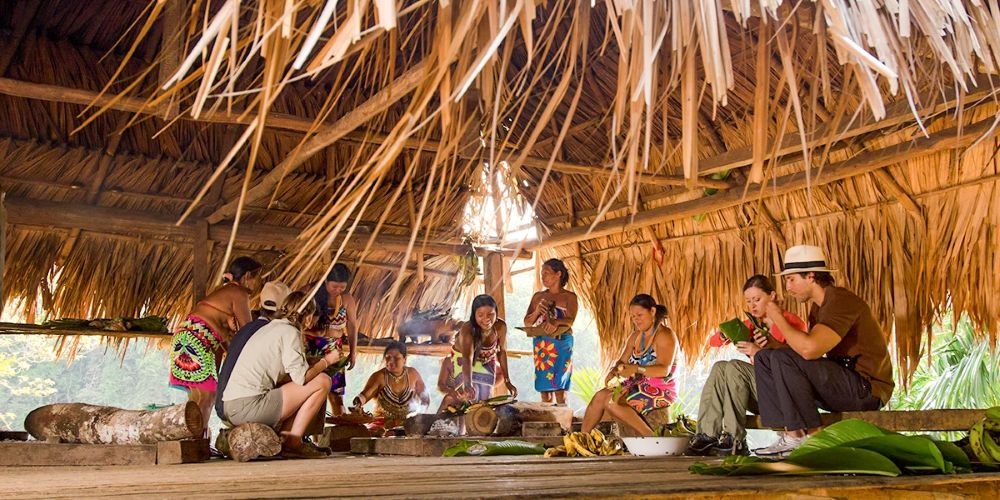At the United Nations Ocean Conference (UNOC3), UN Tourism relaunched the concept of “blue tourism” as a driver of sustainable development for millions of people who depend on the sea. The message is clear: if we want to continue enjoying beaches, reefs, and marine life, we must rethink how we travel and coexist with coastal ecosystems.
What Does Blue Tourism Really Mean?
Unlike traditional “sun and beach” tourism, this approach promotes sustainable activities: snorkeling, turtle watching, kayaking, regulated fishing, and diving in protected reefs. All carried out under strict guidelines to avoid damaging fragile habitats. It is a commitment to ensure that every water-based activity generates income for local communities without endangering corals, mangroves, or vulnerable species.
What UNOC3 Delivered: Key Takeaways for a Healthier Ocean
During this latest edition, UN Tourism and its partners laid out a roadmap to accelerate the transition toward fairer, cleaner, and more regenerative ocean tourism. Here are some of the most relevant points:
● A Call to Transform Coastal Tourism: At a high-level event led by UN Environment Program (UNEP), it was reaffirmed that tourism accounts for 33% of the blue economy, surpassing sectors such as maritime transport and fishing. It therefore has both the potential—and the responsibility—to act in the face of the climate crisis and marine degradation.
● Global Tourism Plastics Initiative: The 2024 annual report of this project showcased concrete progress in reducing pollution at its source and applying circular solutions across hotels, operators, and coastal destinations.
● New Financing Mechanisms for Ocean Protection: The “One Ocean” mechanism was announced—an innovative proposal to mobilize investment in sustainable projects within coastal communities, particularly in island and developing countries. Its main objective: protect ecosystems without hindering economic opportunities.
● Launch of the Ocean Tourism Pact: This new global alliance—supported by countries, multilateral organizations, and private-sector leaders such as Accor Group, Iberostar, and MSC—aims to accelerate environmental commitments in the sector and create a dedicated working group on coastal and maritime tourism.
● Technology and Innovation Serving the Seas: Parallel events explored how new technologies can support regenerative tourism, from green financial models to local governance solutions that allow communities to play an active role in shaping their destinations.
Far from being an abstract concept, blue tourism is starting to take tangible shape in forums like this one. With its vast coastline and rich marine culture, Latin America has the opportunity to become a global benchmark for a model that preserves, connects, and transforms.
Latin America: Coasts Ready to Lead
The region harbors between 15% and 20% of the world’s marine biodiversity. From Mexico to Colombia, via Costa Rica and Belize, several destinations are already applying the principles of blue tourism.
Costa Rica – Tamarindo
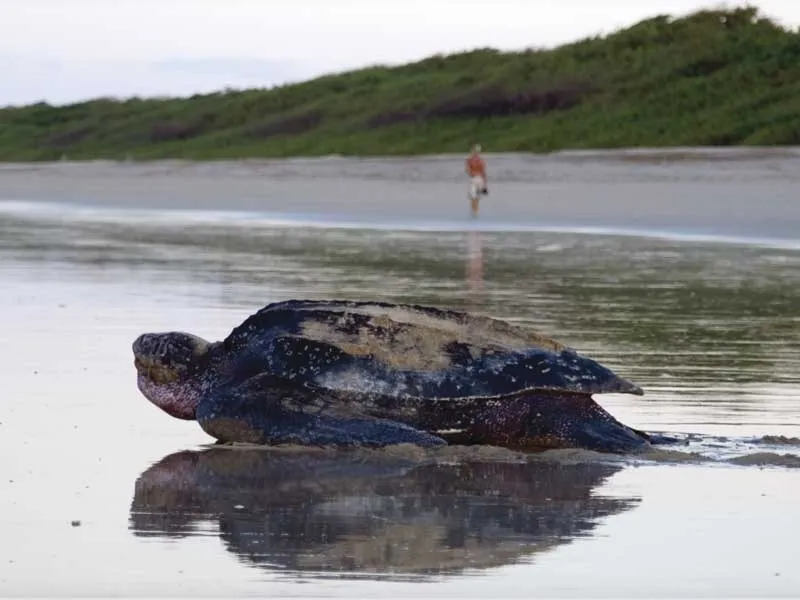
The Las Baulas National Marine Park is vital for the protection of leatherback, olive ridley, and green turtles. It is one of the most important nesting sites in the world for leatherbacks. Between October and March, you can take part in night tours to witness turtle nesting, an experience that is as moving as it is educational. Hotels, operators, and local communities work together to maintain Blue Flag Ecological certification, with beach cleaning programs, environmental education, and constant water quality monitoring.
Belize – Great Blue Hole
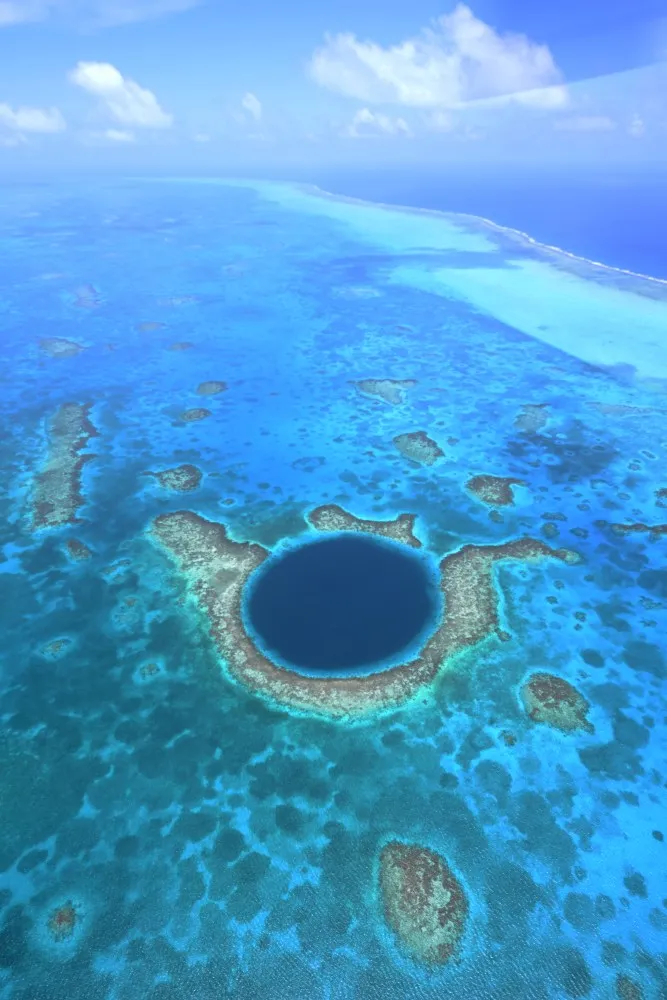
This natural wonder—visible even from space—is considered one of the best diving sites on the planet. Diving here means immersing yourself in crystal-clear waters, exploring stalactite formations more than 40 meters deep, and, with luck, spotting reef sharks, giant groupers, and other pelagic species. Despite its popularity, local regulations limit the number of visitors to minimize impact and protect iconic corals and marine life.
Related Article: Belize: A World of 5 Wonders
Colombia – Capurganá and Sapzurro
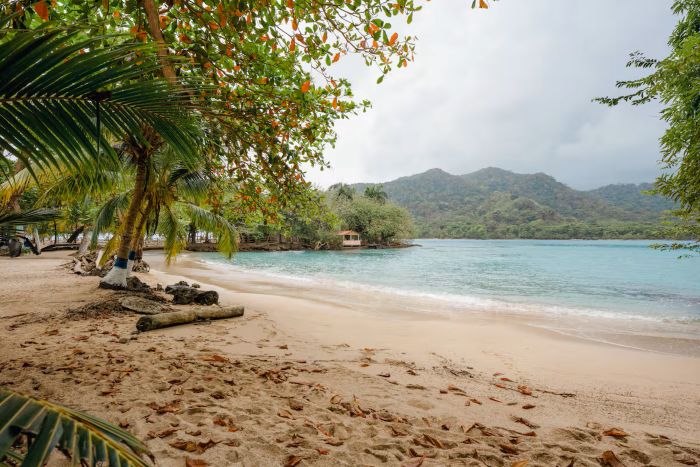
At the northern tip of Chocó, near the border with Panama, Capurganá and Sapzurro offer a unique setting where jungle and sea intertwine. Visitors can snorkel in crystal-clear waters, kayak through mangroves, or hike ecological trails leading to pristine beaches such as El Aguacate. Cultural immersion is at the heart of the experience: activities are led by local guides and designed in partnership with Afro-descendant communities, who play a key role in protecting reefs, mangroves, and marine species.
Mexico – Cancún and the Mesoamerican Reef
Exploring the turquoise waters of the Mexican Caribbean means diving into a marine world of exceptional richness. From Cancún, Isla Mujeres, or Puerto Morelos, you can snorkel or dive on the Mesoamerican Reef, the second-largest in the world, home to turtles, spotted eagle rays, and spectacular coral gardens. Many beaches also offer educational activities, such as visiting turtle conservation centers.
To protect this unique ecosystem, strict measures have been implemented: restricted access to nesting areas, promotion of responsible tourism practices, and reduction of single-use plastics in hotel zones.
Blue tourism does not aim to curb travel, but to give it meaning. Instead of consuming landscapes, it proposes inhabiting them with respect. The challenge is to avoid repeating the mistakes of conventional tourism. Growth should not destroy what we came to admire. Travelers, businesses, and governments must understand that protecting the ocean is not symbolic—it is essential for the very future of tourism.
Photos: Visit Costa Rica | Belize Tourism Board | ProColombia

